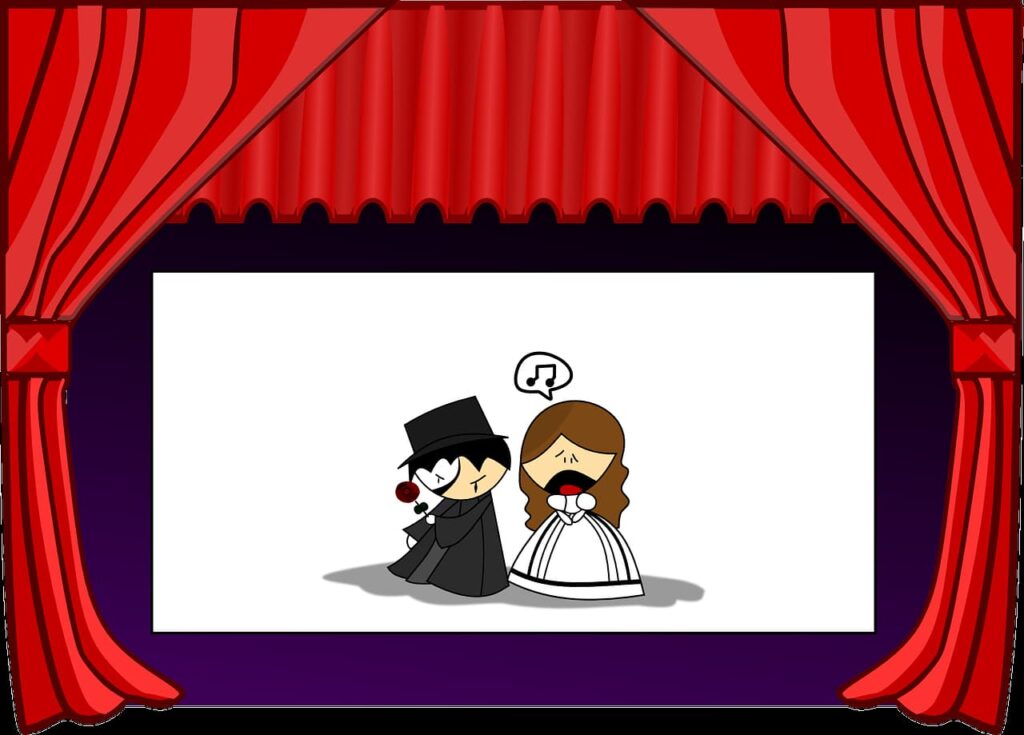Weddings are universal celebrations of love and unity, but the customs, traditions, and aesthetics of these joyous occasions vary dramatically across the globe. Foreign cinema has been a treasure trove of insights into diverse wedding cultures, providing viewers with a glimpse into the richness and uniqueness of wedding ceremonies in different parts of the world. In this article, we will delve into the enchanting world of foreign cinema weddings, exploring how these films capture the beauty, rituals, and emotions that make each cultural celebration a masterpiece in its own right.
Indian Splendor: Bollywood’s Grand Weddings
Bollywood, the Indian film industry, is renowned for its extravagant wedding sequences that celebrate the rich traditions and vibrant colors of Indian weddings. Films like “Hum Aapke Hain Koun..!” (1994) and “Yeh Jawaani Hai Deewani” (2013) showcase the grandeur of Indian nuptials.
These movies often feature stunningly choreographed song and dance numbers, elaborate bridal attire, and intricate henna designs. The essence of Indian weddings, with their numerous rituals and joyful celebrations, is captured beautifully in these films. They offer a visual and emotional feast for audiences, allowing them to experience the splendor of Indian weddings from the comfort of a theater seat.
Elegance and Tradition: Chinese Wedding Cinema
Chinese cinema has also portrayed the elegance and deep-rooted traditions of Chinese weddings. Films like “In the Mood for Love” (2000) and “Raise the Red Lantern” (1991) are celebrated for their captivating depictions of wedding ceremonies.
These movies often highlight the significance of cultural rituals, such as the traditional tea ceremony and the striking red wedding attire, symbolizing luck and happiness. The intricate storytelling in these films allows viewers to understand the complexities of Chinese weddings, where familial and societal expectations often play a significant role.
Romantic Escapades: European Weddings on Film
Europe, with its diverse cultures and landscapes, has provided the backdrop for countless romantic films. Movies like “The Wedding Singer” (1998) in the United States and “The Wedding Plan” (2016) in Israel have showcased weddings that embrace both tradition and modernity.
European cinema has a way of intertwining love stories with picturesque settings, often featuring destination weddings in stunning locations. These films celebrate the fusion of diverse cultural elements, providing a window into the magic of love that transcends borders and backgrounds

South of the Border: Latin American Romance on Film
Latin American cinema has been a source of passionate and exuberant portrayals of weddings. Films like “Y Tu Mamá También” (2001) and “Like Water for Chocolate” (1992) offer a glimpse into the emotional intensity and cultural richness of weddings in this region.
These films often center around family dynamics, intense love stories, and the incorporation of age-old traditions. The music, dancing, and vibrant colors of Latin American weddings are celebrated on the silver screen, capturing the hearts of audiences around the world.
African Unions: Diverse Wedding Celebrations
Africa’s cinematic contributions have shed light on the diversity of wedding traditions across the continent. Films like “The Wedding Party” (2016) from Nigeria and “Lobola” (2010) from South Africa offer unique insights into the rich tapestry of African wedding culture.
These movies reflect the blend of modernity and tradition in African weddings, often highlighting the significance of family and community. From colorful attire to lively dance routines, African cinema showcases the dynamism and spirit of weddings on the continent.
Foreign cinema weddings offer audiences a captivating exploration of the diverse cultures and traditions that shape these momentous occasions. They provide a lens through which we can witness the beauty, customs, and emotions that define weddings in various corners of the world.
As we immerse ourselves in these cinematic portrayals, we gain a deeper appreciation for the human experience and the universal themes of love, family, and celebration that bind us all. While the settings, attire, and rituals may vary, the emotions and significance of weddings remain a shared aspect of our global tapestry.
Foreign cinema weddings serve as a reminder of the richness of our world’s cultures and the remarkable ways in which love is expressed and celebrated. They allow us to journey across borders, forging connections and understanding the intricacies of the human heart, regardless of where we call home.
